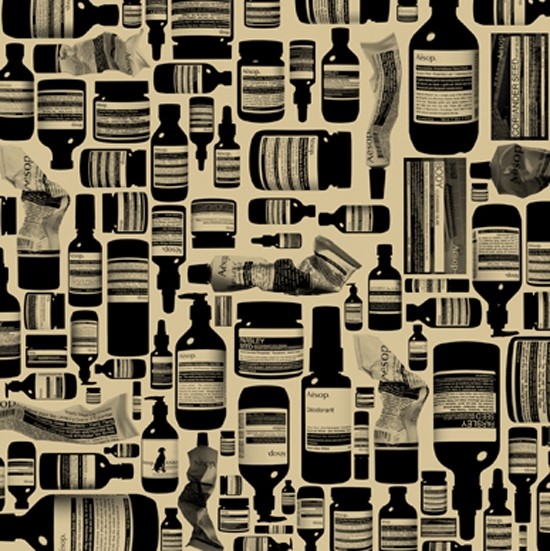Every piece of plastic ever made still exists in the world today – unless it was burnt and its toxic fumes flittered into the atmosphere. Even biodegradable plastics that make it to the oceans will be swirling around below the surface of our seas
Every piece of plastic ever made still exists in the world today – unless it was burnt and its toxic fumes flittered into the atmosphere. Even biodegradable plastics that make it to the oceans will be swirling around below the surface of our seas for the next hundred years or more. And then there are the tones of heavy plastics stuck with us for centuries, probably millennia, whole kayaks floating around just below the vortexed surface of the vast waters in one of the many convergence zones or "garbage patches": mid-sea dumps spanning areas larger than France.
Most plastics we use are glaring at us, comfortable in their ease and practicality yet undeniably unwanted on the earth. On reading The World Without Us by Alan Weisman it becomes apparent these polymers are even more pervasive than first meets the eye. Weisman highlights that a quick check of the ingredients on many exfoliants will flag up polyethylene beads/granules or the more imaginatively named "micro-spheres". Researchers noticed that the very same microscopic plastics that are plentiful on UK beaches are manufactured specially for use in the cosmetics industry, most notably for facial scrubs. These polyethylene beads are rubbed against our skin then washed down the drain directly into the ocean, too small to be filtered out – a disconcerting thought when we realise there are a multitude of natural alternatives: honey, sugar, ground-nuts, coffee grounds and even hearty oatmeal are all adept at renewing the surface of the skin, effortlessly removing any remnants of dead skin cells.
"Most plastics we use are glaring at us, comfortable in their ease and practicality yet undeniably unwanted on the earth"
Thankfully there are some cosmetics companies that are aware of their impact on both the skin and the earth and provide a sustainable alternative: Neal’s Yard Honey and Orange facial scrub reaps the benefits of a dollop of honey, Suki’s foaming cleanser combines lemongrass and sugar, whilst Aesop’s Tea Tree Leaf exfoliant uses the gentle grit of ground walnut shells to work its wonders. It is also possible to concoct a home-made exfoliant: one of the simplest recipes combines a tablespoon of raw sugar and five drops of olive oil, honey and hot water.
To read the ingredients list on most cosmetics or bath products is a myriad of complex chemical names, too daunting for anyone but the most confident chemists, which is one reason the industry is getting away with unnecessarily adding plastics to our toiletries. Awareness of these issues has gained ground and the US-led Campaign for Safe Cosmetics together with the Environmental Working Group offers Skin Deep, the world’s largest database of chemicals in cosmetics, providing data on the toxicity and plastic content of a multitude of products which helps to decipher the exact make-up of the day-to-day creams bottled up in our bathrooms.
